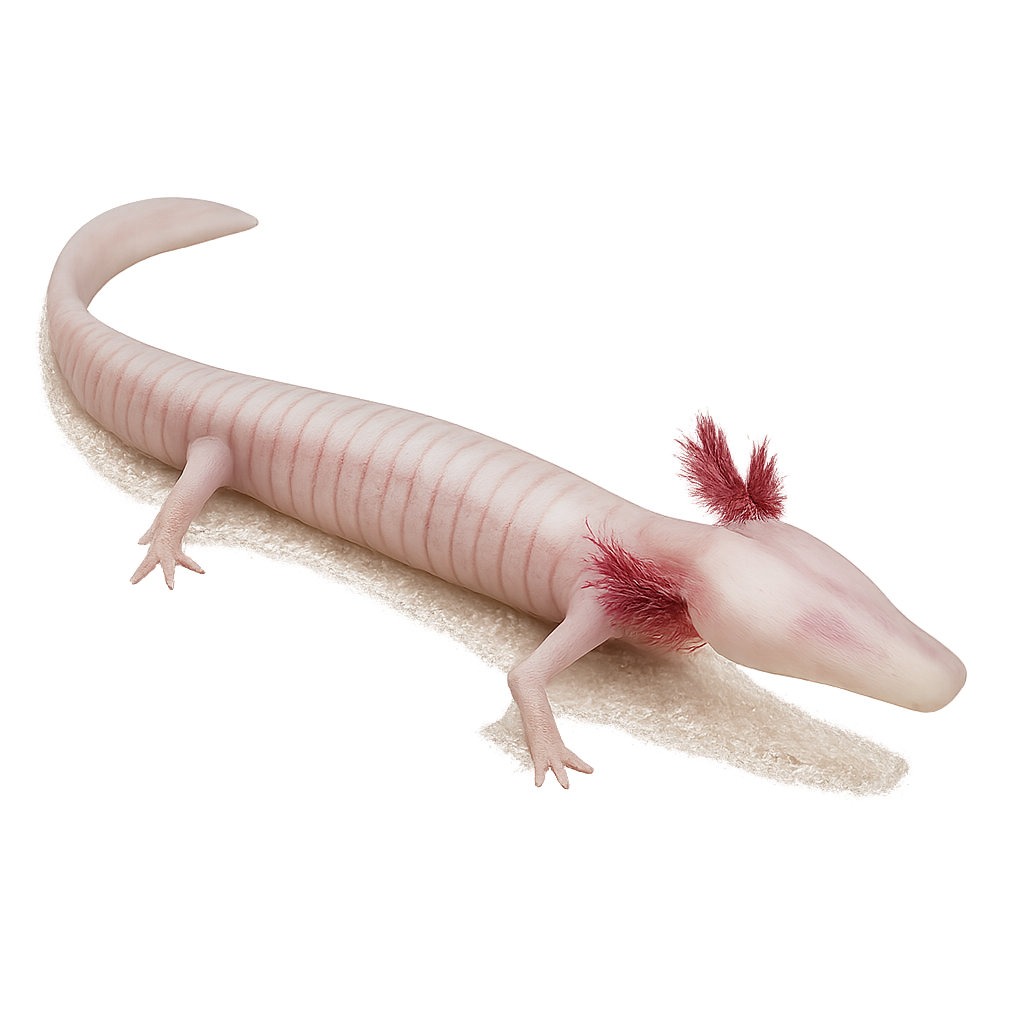Your wildlife photography guide.
Explore the olm in detail, study its behavior, prepare your shots.
Where to observe and photograph the olm in the wild
Learn where and when to spot the olm in the wild, how to identify the species based on distinctive features, and what natural environments it inhabits. The WildlifePhotographer app offers tailored photography tips that reflect the olm’s behavior, helping you capture better wildlife images. Explore the full species profile for key information including description, habitat, active periods, and approach techniques.
Olm
Scientific name: Proteus anguinus

IUCN Status: Vulnerable
Family: PROTEIDAE
Group: Amphibians
Sensitivity to human approach: Suspicious
Minimum approach distance: 1 m
Reproduction period: May to September
Incubation: 2–6 mois
Births: May to September
Habitat:
Karst caves
Activity period :
Active intermittently throughout day and night.
Identification and description:
The Proteus anguinus, commonly known as the olm, is a fascinating amphibian inhabiting the karst caves of the Dinaric region in Europe. This curious animal is adapted to underground life, with depigmented skin and atrophied eyes, rendering its vision almost nonexistent. It typically measures between 20 and 30 centimeters in length and has an elongated, eel-like body with reduced limbs. Its respiration is ensured by feathery external gills, allowing it to live in oxygen-poor underground waters. The Proteus anguinus primarily feeds on small aquatic invertebrates. Its exceptional longevity, reaching up to 100 years, and its ability to survive without food for several years make it a captivating subject of study for scientists.
Recommended lens:
Macro – adjust based on distance, desired framing (portrait or habitat), and approach conditions.
Photography tips:
When photographing the Proteus anguinus, it's crucial to respect its fragile habitat and minimize disturbances. Use a macro lens to capture the details of its skin and gills. Avoid using strong flashes that could harm its sensitive eyes. Opt for natural lighting or soft light sources. Be patient and wait for the animal to move naturally to get authentic shots. Finally, ensure not to touch or move the Proteus anguinus, as this could stress it or damage its delicate environment.
The WildlifePhotographer App is coming soon!
Be the first to explore the best nature spots, track rutting seasons, log your observations, and observe more wildlife.
Already 1 431 wildlife lovers subscribed worldwide

